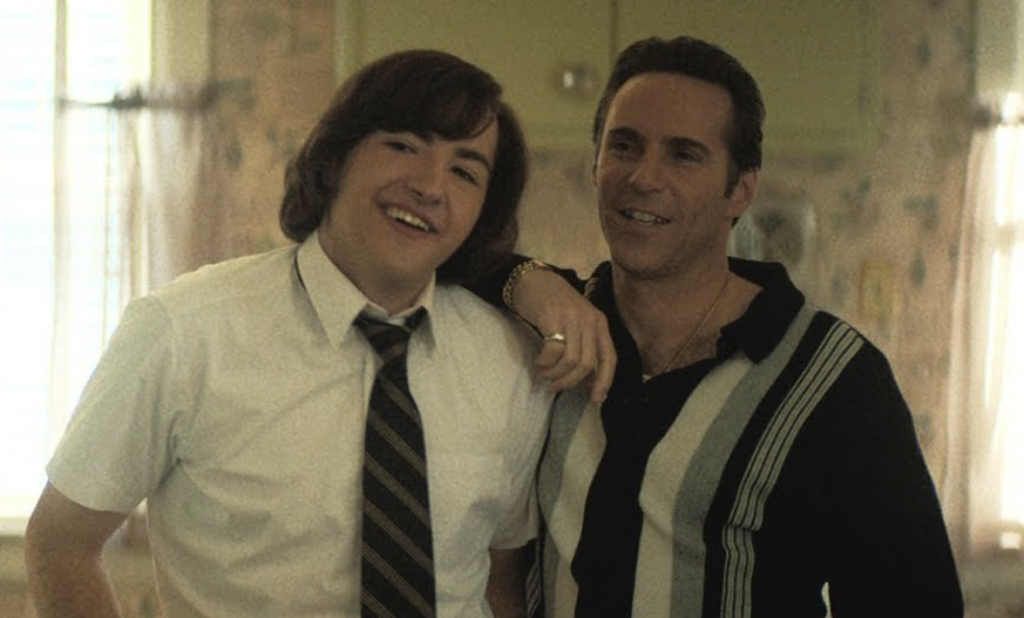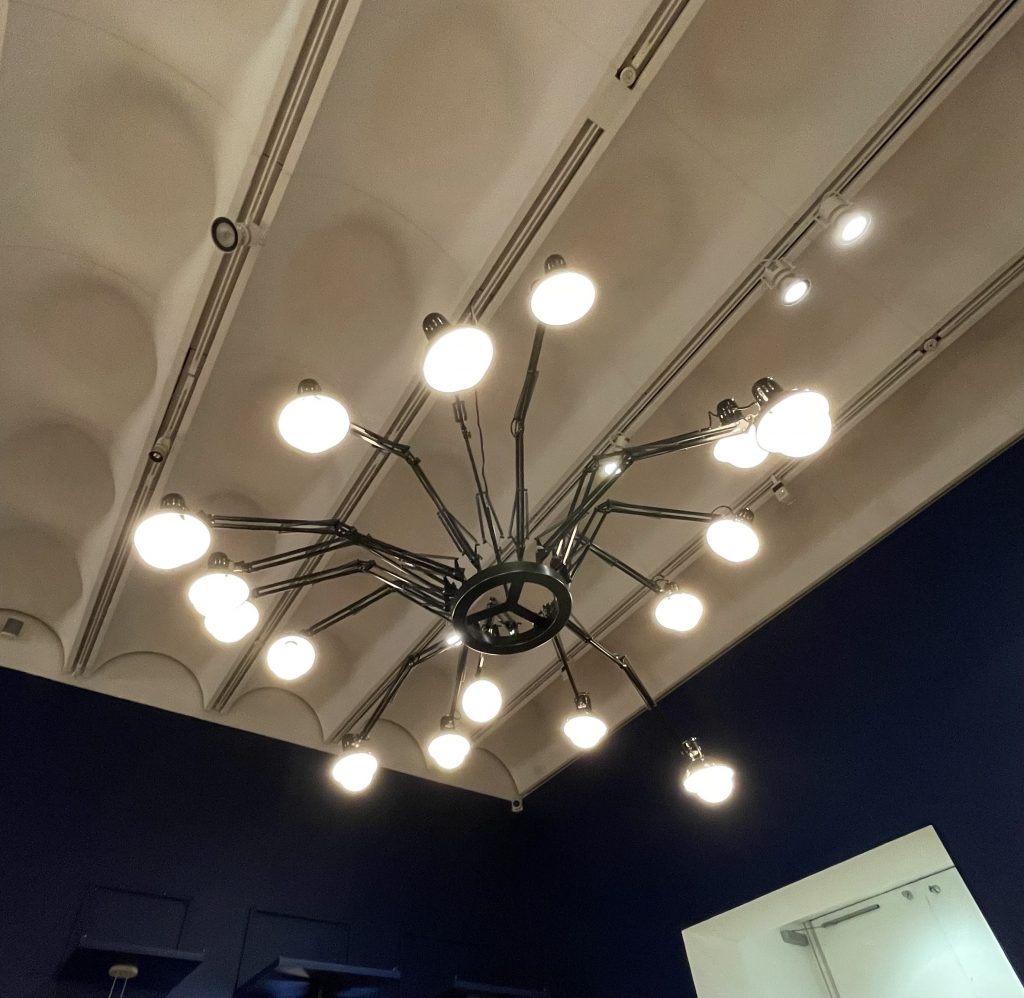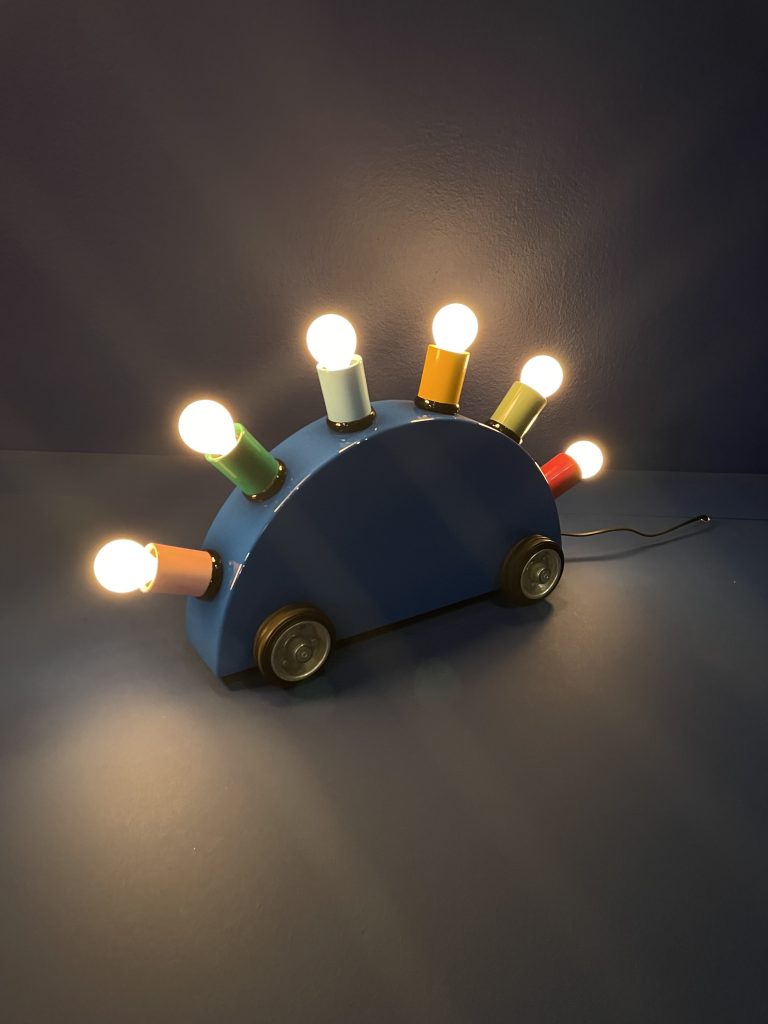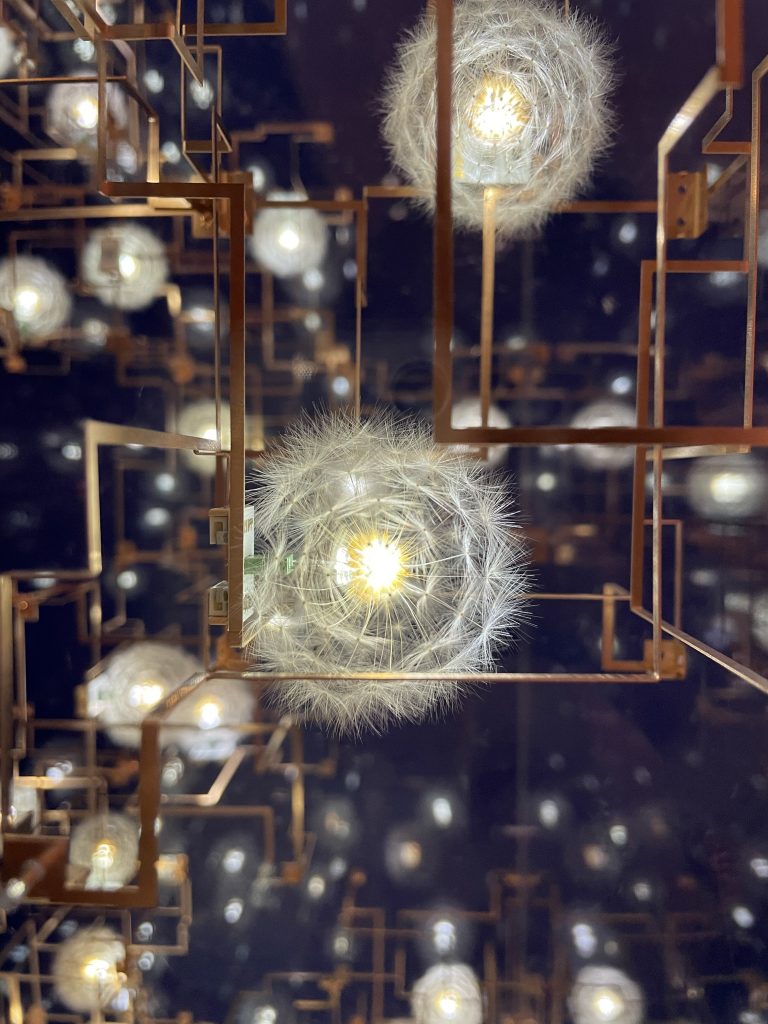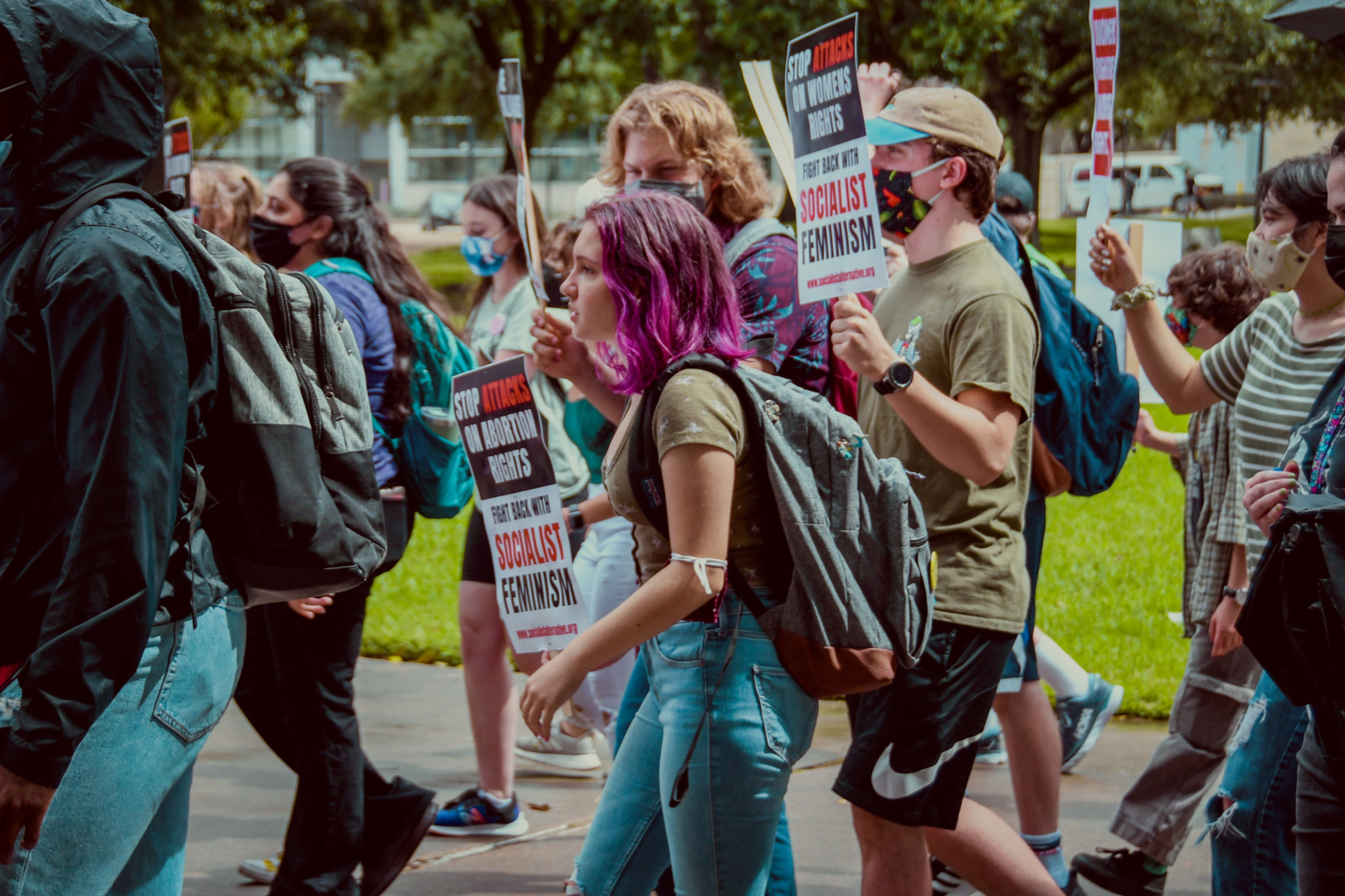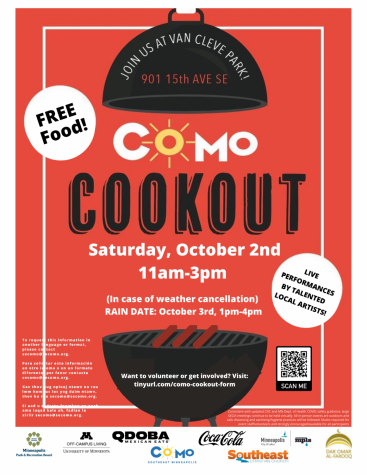Battle at the bottom: 1-3 WSU visits 1-3 Cal in a battle of the ages

Washington State will be coachless Saturday. Or at least, it might be. Wazzu’s head coach, Nick Rolovich, may not be allowed into Memorial Stadium under Berkeley’s recent vaccine mandate, as he has repeatedly refused to comment on his vaccination status.
Whether or not the Cougars have their head coach Saturday, Cal’s homecoming game should be one to watch. Washington State’s offense brings a lot of firepower — its two slot receivers, Calvin Jackson Jr. and Travell Harris, are already up to 20 and 24 receptions, respectively. WSU will also look to return star running back Max Borghi and quarterback Jayden de Laura this week, two players who could have a massive impact on the game.
Jackson, Harris and Borghi have accounted for 792 of Washington State’s 1,419 total yards this season — 55% of its total offense. Containing these three players will be a massive job for a so-far-lackluster Cal defense, but defensive coordinator Peter Sirmon thinks it’ll be up for the task.
“They do what they do. This is a team that is running the ball on what we call NDD: normal down and distance. Even with a four-wide-receiver look, they’re hitting a lot of inside zone, outside zone, and getting a few gap schemes,” Sirmon said in a press conference. “When you break it down, they are running the ball effectively.”
That run game might be especially important for the Cougars this week, as the starter for Saturday’s game is still in question. Wazzu has employed four quarterbacks so far this season and is looking to solidify a starter soon.
“We need consistency from that group. We need leadership from that group,” Rolovich said in a press conference. “It’s been a pretty roller-coaster-type ride with the quarterback position this year. Hopefully, we get down to some stability here soon.”
Stability will be key for both squads this week, and increased instability for Washington State might just lead to a better chance to secure some for the Bears.
“Ultimately, we’ll see who ends up playing and what the health of that player is,” Sirmon said.
Cal, which is giving up 418 yards per game on defense, will need to recoup against a WSU squad that is only putting up about 350 yards per game.
That being said, Cal’s offense will have a chance to do some serious damage to this Washington State defense, which is giving up more than 400 yards per game this season. Cal’s previous opponents, Washington and Nevada, surrender less than 380 yards per game to opponents, and TCU surrenders just more than 390 yards on average.
Despite the stingier defenses Cal has faced so far, the offense is averaging more than 440 yards this season, a testament to the work of offensive coordinator Bill Musgrave and the players as a whole. With more than 160 yards per game on the ground and about 270 per game courtesy of Chase Garbers’ arm, this California offense is no joke.
Cal will once again look to lean on its running game and use its size advantage to grind down the Washington State defense. Continuing to convert third-and-short situations with the running game will be a point of emphasis for Musgrave, who mentioned Wednesday that there is a “bundle of calls we’d like back” after the game against Washington last week.
Eliminating those situations will be crucial for the Bears going forward. With an offense that’s beginning to hit its stride and a defense that has some work to do to get back to performing at a high level, both sides of the ball must avoid simple errors.
On Saturday afternoon, two 1-3 teams will slug it out in a battle to stay out of the Pac-12 North’s cellar. Whether or not the Bears emerge victorious will be entirely up to themselves — their fate lies solely in their ability to avoid the small mistakes that always seem to stop them just short of success.
Jesse Stewart covers football. Contact him at jstewart@dailycal.org, and follow him on Twitter @jessedstew.

